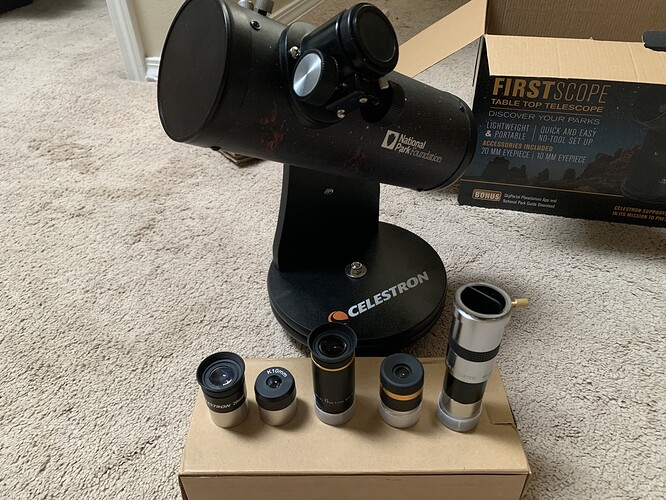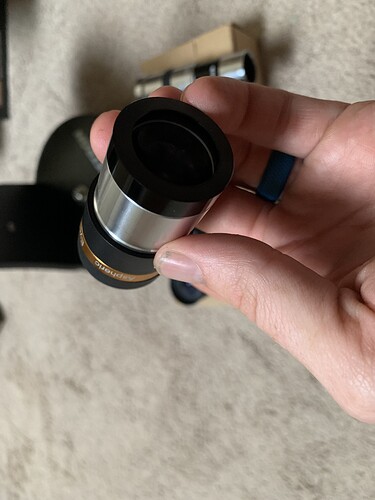Arise!
So for my sons 7th birthday I got him a telescope.
It would not be entirely inaccurate to say I got myself one too. I’ve long wanted one.
I was wanting to get a Newtonian scope, but due to being for a 7 year old wasn’t wanting to over invest. I wound up with
Now, yes, it is a very much beginner scope. There are better ones out there. But this was at the price bracket we were willing to go. If, in the future, this is something he enjoys doing with me we will go bigger. With all the national parks we visit this would also do well. The idea of doing a Great Basin stargazing trip is tantalizing.
Well it has been perpetually cloudy for the last month and a half since we got it. Tonight was the first clear night since his birthday. So I took him in the back yard.
Now there wasn’t any great targets. The moon is below the horizon, and Uranus and Mars low enough at the time that the ambient neighborhood light and houses made them unviable.
But I did manage to get a view on the Pleiades. So that was fun! For a first time backyard adventure, we had a good time. And my insistence on Newtonian was worth it, the design definitely works better for limiting light pollution. I can’t wait to take him out to get better targets soon!



